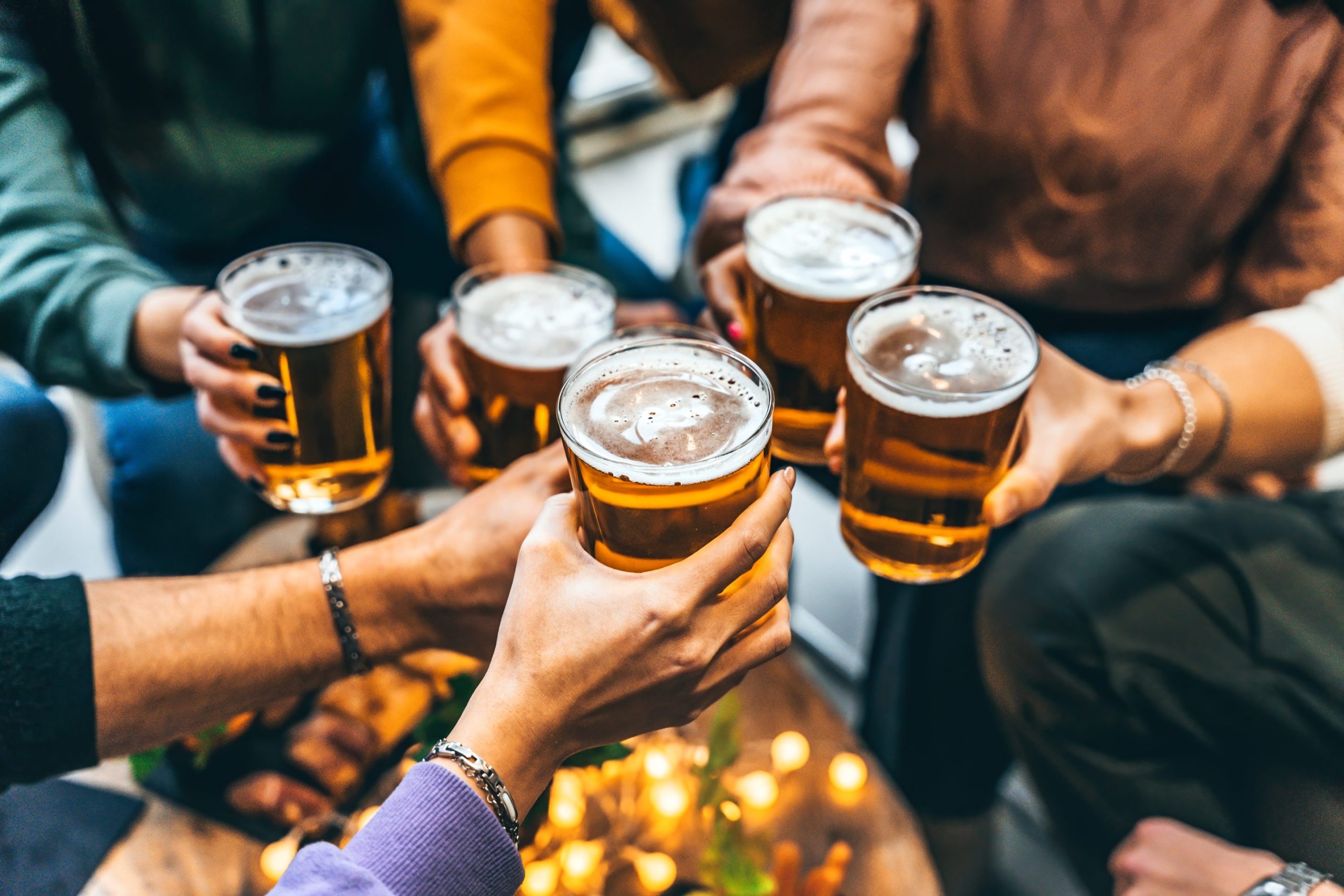Could more consumers switch to no- or low-alcohol beverages as cancer worries grow?
A recent survey reveals that low- and no-alcohol beverages are growing in popularity, especially among millennials, as the New Year brings with it the so-called Dry January trend.
Findings from IWSR’s no- and low-alcohol strategic research indicate that the trend has expanded globally since 2019, particularly with no-alcohol beer. Still, some individuals may be inspired by the surgeon general’s Jan. 3 advice that links alcohol intake to an elevated risk of cancer.
IWSR, a London-based company, is “the leading global drinks data and insight provider”.
Susie Goldspink, director of no- and low-alcohol insights at IWSR, told Fox News Digital that “no-alcohol tends to perform more strongly than low-alcohol, and that’s kind of across all categories.”
She stated that beer is the most well-established category of these non-traditional beverages.
“And that has kind of really taken leaps in terms of taste and quality of product and just the kind of acceptance socially of drinking non-alcoholic beer,” she told me.
The analysis found that between 2022 and 2024, consumers of no-alcohol products climbed by 61 million compared to 38 million for low-alcohol goods in ten significant countries: Australia, Brazil, Canada, France, Germany, Japan, Spain, South Africa, the United Kingdom, and the United States.
According to the report, no-alcohol sales are predicted to increase by $4 billion by 2028, while low-alcohol volumes will stay relatively stable.
“Some of the challenges that low-alcohol faces are confusion around the ABV [alcohol by volume] and whether you’re really getting less alcohol with this drink,” according to Goldspink.
In contrast, she stated, “With no alcohol, you know what it says on the [container].” And you know that if you’re attempting to avoid or reduce your alcohol use, this product is appropriate for you.”
Know the difference between low- and no-alcohol
How much alcohol is in low-alcoholic options, and are no-alcohol drinks completely alcohol-free?
Before attempting low- or no-alcohol goods, experts advise understanding the distinctions between them.
Derek Brown, a mixologist based in Washington, D.C. and the author of “Mindful Mixology: A Comprehensive Guide to No- and Low-Alcohol Cocktails,” told Fox News Digital that the adult beverage industry may be a “muddy world,” but he provided a simple explanation.
According to Brown, low alcohol is around half of the standard quantity of a malt beverage, while no alcohol is 0.5% ABV.
With improved quality comes increased demand
According to Goldspink, despite the recent surge in popularity, these unconventional beverages still only account for around 3% of the beverage market.
Although older generations have demonstrated a reluctance to consume low- or no-alcohol beverages, Goldspink said that as these drinks become more widely available and plentiful, the barriers around them are eroding along with a younger generation of customers.
“I think the stigma is rapidly reducing,” Goldspink explained.
Brown admitted that there was a period when these sorts of beverages were just not enjoyable.
“Bartenders of the past—I’m sorry, you let people down with your drinks,” she said. “They weren’t very tasty, and some of it was because you prepared them on the spot using grenadine and pineapple juice. “That is not a good non-alcoholic cocktail.”
However, times have changed, according to Brown.
“There are really great non-alcoholic cocktails, and there are bartenders now who are making exceptional [drinks],” Brown told me. “Some of the top bartenders in the country are doing this. We’re discussing Michelin-starred eateries. We’re talking about the best bars in the country that are thriving.”


Leave a Reply